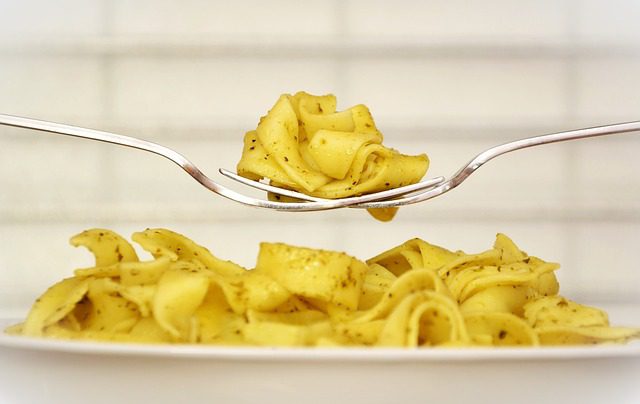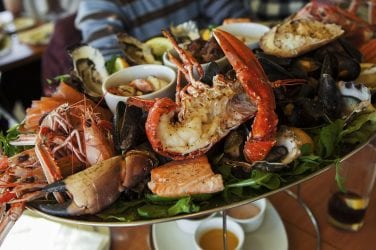Food is one of the most expressive forms of culture and history. Whether it’s a traditional dish passed down through generations or something crafted by a modern chef, every meal holds within its ingredients the stories of multiple cultures that blend to form something entirely new.
From street food carts to fine dining restaurants, exploring how different regions have impacted local and global history casts an even brighter light on how flavors interact with one another throughout time. This article will explore how cultural influences and historical events can shape culinary trends worldwide.
The Impact of History and Culture on Cuisine
The cuisine is a reflection of a country’s history and culture. The art of cooking passed down from generation to generation, serves as a metaphor for the passage of time. Each ingredient used in a dish represents a part of a country’s past – wars, conquests, trade, and migrations. Culture is vital in defining a country’s cuisine and shaping how people eat, prepare, and serve food.
The diverse cultural influences can be seen in dishes created in different regions of a country, each with a unique taste and flavor. These cultural nuances make cuisine a window into a country’s soul. Studying a country’s cuisine is a distinctive way to gain insight into its people, traditions, and values. It is a form of expression that conveys a country’s history and culture that can only be tasted and experienced.
Examining Ancient Food Habits, Traditions, and Influences
Most of the world’s oldest dishes were initially created by ancient civilizations. These recipes have remained relatively unchanged throughout centuries, showing how food can link to a country’s past. Ancient influences are still seen in many cuisines today – from Mediterranean cuisine, with its use of olive oil and fish, to Mexican cooking, with its emphasis on beans and corn.
Even ice cream cake – one of America’s favorite desserts – can be traced back to ancient Roman times when it was thought that snow mixed with honey or fruit juice would make a refreshing summer treat. These traditional dishes may no longer be as popular as they once were but they remain part of our collective cultural identity.
How War Has Changed Eating Habits Throughout the Ages
War has played a significant role in shaping the culinary habits of different nations. Many countries have adopted ingredients and dishes from their conquerors, while others have developed versions of recipes that originated elsewhere. For example, British soldiers brought back fish and chips from France during World War II, which eventually became one of England’s national dishes. Meanwhile, the American colonists adopted cornbread from Native Americans as an essential part of their diet.
The influx of refugees due to war and conflict has also had an indelible impact on cuisine worldwide. Cuisines such as Persian, Lebanese, and Afghan are heavily influenced by waves of immigrants who bring new flavors and ingredients for people to explore.
The Role of Religion in Shaping Food Practices
Religion has also played an integral role in the development of cuisine. Many religious practices dictate what people can and cannot eat, which can significantly influence a country’s food culture. For instance, Islamic countries generally have dietary restrictions prohibiting pork or drinking alcohol. Similarly, Hinduism and Buddhism focus on vegetarianism as a way of life, leading to the proliferation of plant-based dishes across India, Southeast Asia, and many other parts of the world.
Food rituals associated with different religions also shape how people interact with their meals. Jews celebrate Passover by gathering for a meal called Seder, in which certain foods are eaten to commemorate their liberation from slavery in Egypt. Meanwhile, Christians celebrate Lent by fasting and abstaining from certain luxuries. These practices are closely intertwined with cuisine and bond people in the shared experience of a meal.
Exploring Regional Variations in Food Preparation & Taste
Although many countries have a national cuisine, there are distinct regional variations in food preparation and taste. Different climates, geography, and resources can lead to the development of unique dishes. For instance, much of Italian cooking is based on its Mediterranean climate, where tomatoes thrive, and olive oil is a staple ingredient.
Regional tastes also depend on various factors, such as local farm produce or available livestock. In the United States, for example, Southern cooking typically emphasizes fried foods due to the abundance of pork fat in that region. Meanwhile, Mexican cuisine uses chiles and spices because they grow well in the country’s dry climate.
The Influence of Immigration on Global Cuisines
Immigration has had a significant impact on cuisines around the world. Whenever large groups of people move to new countries, they bring their traditional recipes and ingredients, which can then spread throughout that region. For example, German immigrants brought the pretzel to the United States, while French immigrants introduced croissants.
This influence is also seen in cities such as London or New York City, where restaurants offer an array of international dishes, from Chinese to Thai food. This globalization of cuisine allows for exciting exploration and exchange of flavors as cultures blend and interact through food.
Conclusion
Food is an essential part of our lives, and its history and evolution tell us much about the cultures that have shaped it. Cuisines worldwide vary widely in terms of ingredients, flavors, and preparation techniques due to various influences such as geography, religion, immigration, and conquest. Exploring these unique components can provide a fascinating insight into the history and culture of a country.







